One way to help you achieve your goals, like allowing healthcare organizations through innovative data management, is with Azulity’s provider credentialing services. This solution streamlines the data management process so you can focus on what matters most—improving patient outcomes.
What is Lemon.io?
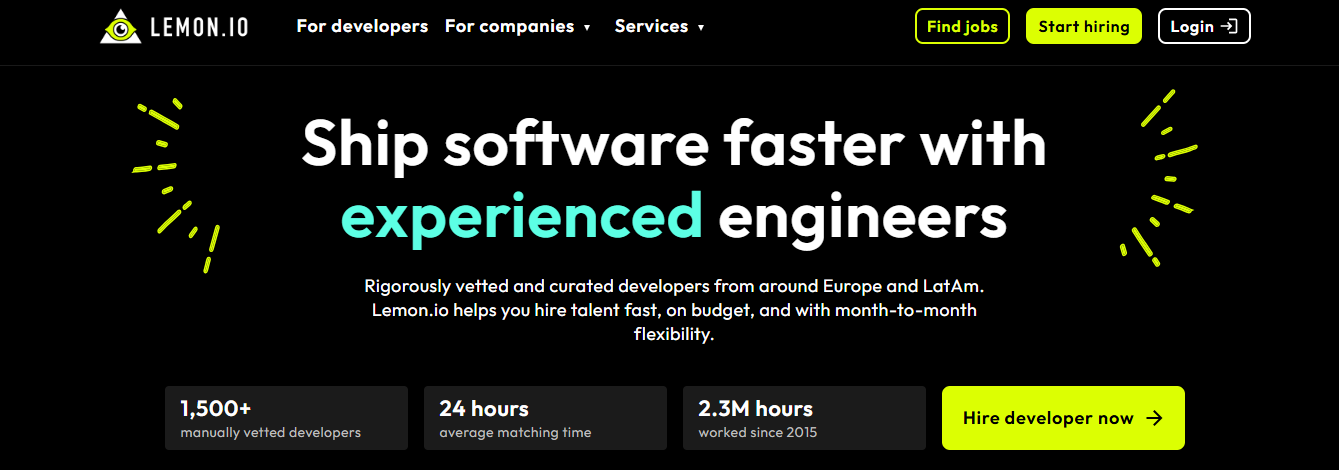

Lemon.io is a platform that connects businesses with vetted freelance developers, specifically in web development. Freelance marketplaces are everywhere, but Lemon.io prioritizes speed and quality. They claim to match you with a quality developer for your project within 24 hours. They also have a strict vetting process to ensure you’re only presented with high-quality candidates. Most of Lemon.io’s developers are based in Eastern Europe.
How Lemon.io Works: The Process of Finding a Developer on Lemon.io
Lemon.io works by matching startups with experienced freelancers who have the skills to take on their projects. You start the process by filling out a request form. A sales representative will reach out to you to discuss your project needs. Then, Lemon.io will match you with a developer from their database with the skills you need.
You can chat directly with the developer to see if they’re a good fit for your project. Once you’re okay with the candidate and approve them, you must agree to make a ‘security’ deposit and commit to at least 160 hours of work before your project can begin.
Lemon.io Pricing


The Price Tag for Outsourcing with Lemon.io
Lemon.io has a detailed pricing structure for U.S.-based businesses looking to hire a developer. Hourly rates run between $45 and $85, meaning that if a company hires an average developer, the monthly expense could amount to approximately $10,400 per worker, depending on the specific skills and expertise required. In contrast, Teilur Talent offers a clear and upfront pricing model that aims to match or surpass client expectations for cost-effectiveness and transparency, ensuring no hidden fees or surprises.
The Real Cost of Hiring with Lemon.io
A review on Clutch highlights a small financial services company’s experience with Lemon.io, where the co-founder detailed spending $29,999 on two developers for a project. This expenditure breaks down to roughly $14,999 per month for each worker, which is deemed excessive for a small enterprise. This illustrates some challenges small businesses might face when navigating Lemon.io’s pricing framework. It brings to light the importance of transparency and predictability in outsourcing costs, areas where Teilur Talent sets itself apart by providing straightforward pricing and value propositions that cater primarily to the financial sensibilities of startups and small businesses.
Azulity specializes in healthcare master data management and provider credentialing services, bringing proven expertise in implementing healthcare data solutions and credentialing across the US. Our comprehensive platform ensures consistent patient, provider, location, and claims data synchronization across all systems and departments.
Key features include healthcare MDM, provider MDM, reference data management, credentialing, and provider enrollment. We serve healthcare technology leaders – from CIOs and CDOs to VPs of data platforms and credentialing – helping them eliminate the costly problems of fragmented data systems. Book a call to learn more about our healthcare master data management services today!
Related Reading
- Scrum Master Roles and Responsibilities
- What to Look for When Hiring a Project Manager
- Solution Architect Roles and Responsibilities
- How to Hire a Project Manager
- Project Executive vs Project Manager
- Mistakes to Avoid When Hiring Developers
- What to Ask When Hiring a Data Scientist
14 Best Lemon.io Alternative Platforms
1. Azulity: The Healthcare Data Experts
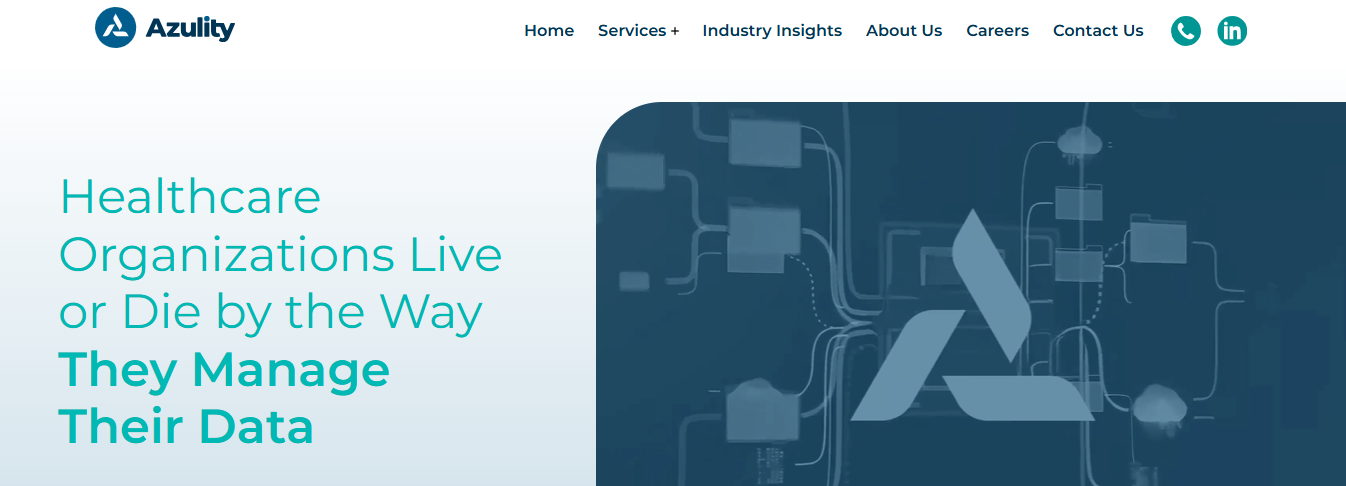

Azulity stands out for its specialization in healthcare master data management and provider credentialing services. The company has proven expertise in implementing healthcare data solutions and credentialing across the US. Their comprehensive platform ensures consistent patient, provider, location, and claims data synchronization across all systems and departments.
Key features include healthcare MDM, provider MDM, reference data management, credentialing, and provider enrollment. Azulity serves healthcare technology leaders, from CIOs and CDOs to VPs of data platforms and credentialing, helping them eliminate the costly problems of fragmented data systems.
2. Cloud Devs: Your Nearshore Staffing Partner


If you’re looking for talent closer to your time zone, Cloud Devs might be the right fit. This platform focuses on connecting startups with skilled developers in Latin America, making collaborating easier if you’re in the U.S. or Canada. Cloud Devs offers pre-vetted developers and transparent pricing, letting you know what you’ll be paying upfront.
3. Upwork: The Original Freelancer Alternative
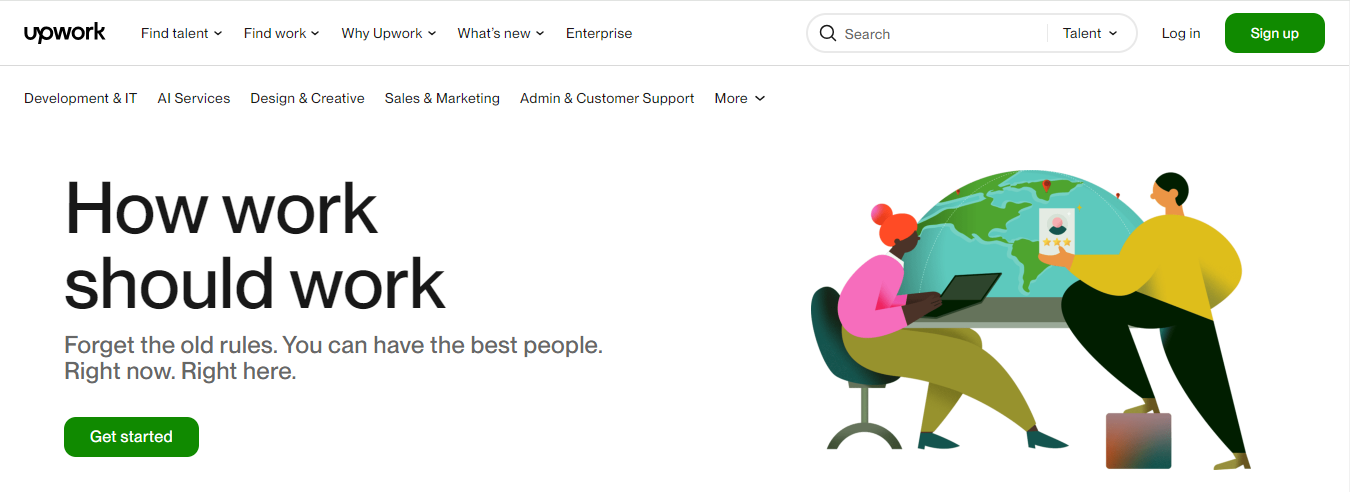

This is the main Freelancer alternative out there. Why? Because Wikipedia says so. Jokes aside, it’s pretty obvious. A merger of Elance and oDesk, Upwork is one of the largest online crowdsourcing marketplaces in the world, offering millions of customers and contractors a chance to enroll in jolly cooperation and partner up on mutually beneficial terms. It’s the main competitor of Freelancer, sharing many of its weak and strong sides. The hiring process for you as a customer is pretty straightforward.
You publish your job description and estimated budget on Upwork and wait for the bidding to start. Next, you can view the real freelancer competition right before you. A bid is a contractor’s application to your order. In it, they specify their rates, provide an approximate estimate of the deadlines, and specify their skills. Once you receive a bid, you can look through a contractor’s profile, examine their portfolio, read testimonials, and so on. How credible is the provided info? Well, it’s up to you to decide.
4. Hubstaff Talent: The Free Freelancer Directory
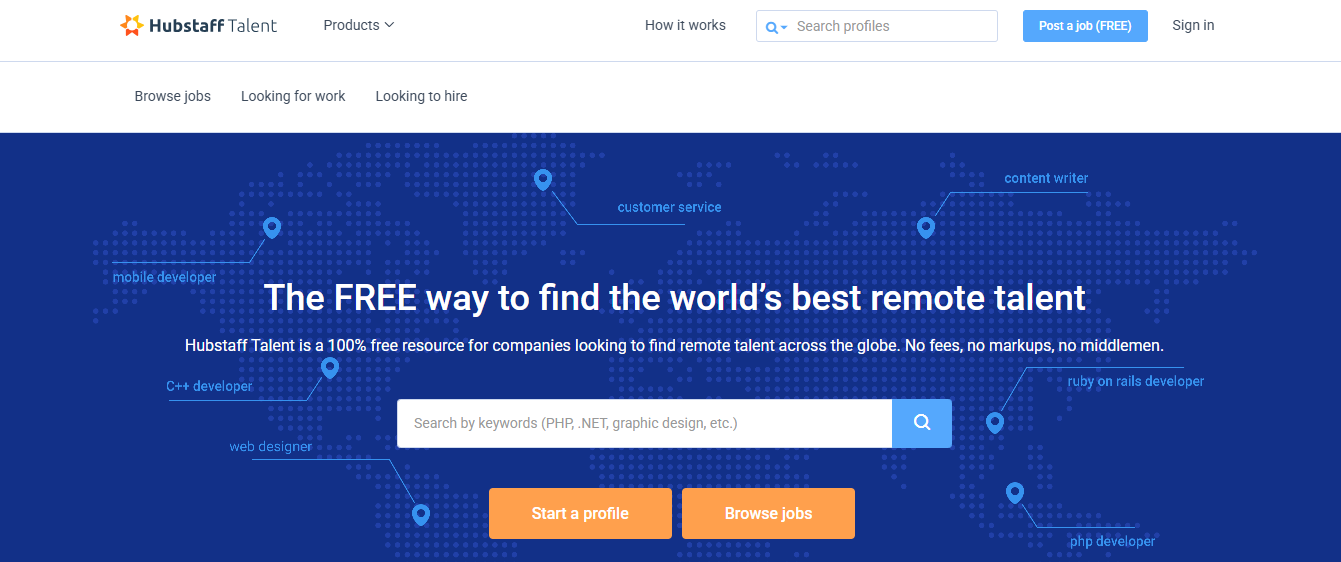

Hubstaff Talent is a free, remote talent directory by the creators of Hubstaff. This platform differs from many freelance sites because it provides startups a straightforward way to search and contact freelancers directly. Hubstaff Talent doesn’t take any commission, which can be an attractive option for budget-conscious startups.
5. Fiverr: The $5 Freelance Marketplace

The first thing that comes to mind when analyzing Fiverr vs Freelancer is the price. As its name suggests, Fiverr is a platform where customers can find specialists to work on smaller orders for $5. In reality, project prices on Fiverr can go far beyond this rate. Fiverr houses many contractors working in creative and digital media fields, so if you need someone for this kind of job, Fiverr might be your first place to start searching. Still, consider the following pros and cons.
6. Arc Dev: The Vetted Developer Platform
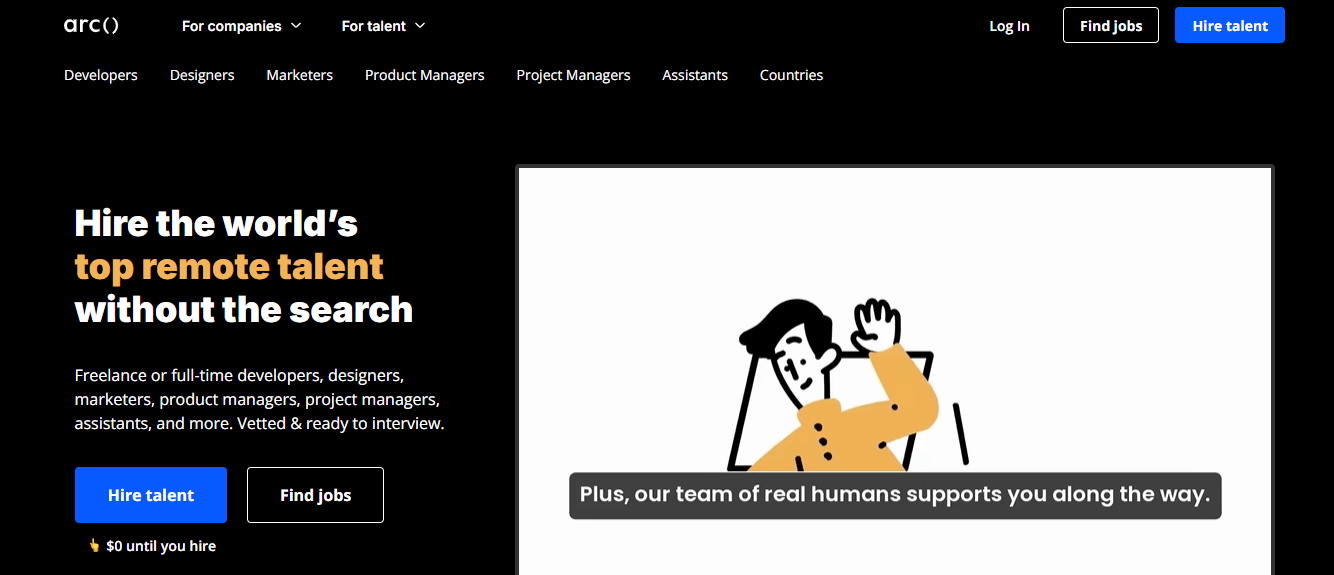

Arc Dev provides startups with a streamlined way to hire vetted developers. Their hiring process is quick, with a matching algorithm that pairs you with ideal candidates. Arc Dev also offers flexible hiring models, allowing you to choose between full-time, part-time, or contract-based engagements based on your startup’s needs.
7. Guru: The Controversial Marketplace


Present on the market for almost two decades now; Guru has been the most controversial option among other Freelancer alternatives on this list. Let our list of pros and cons speak for itself.
8. Vanhack: The Diverse Hiring Alternative
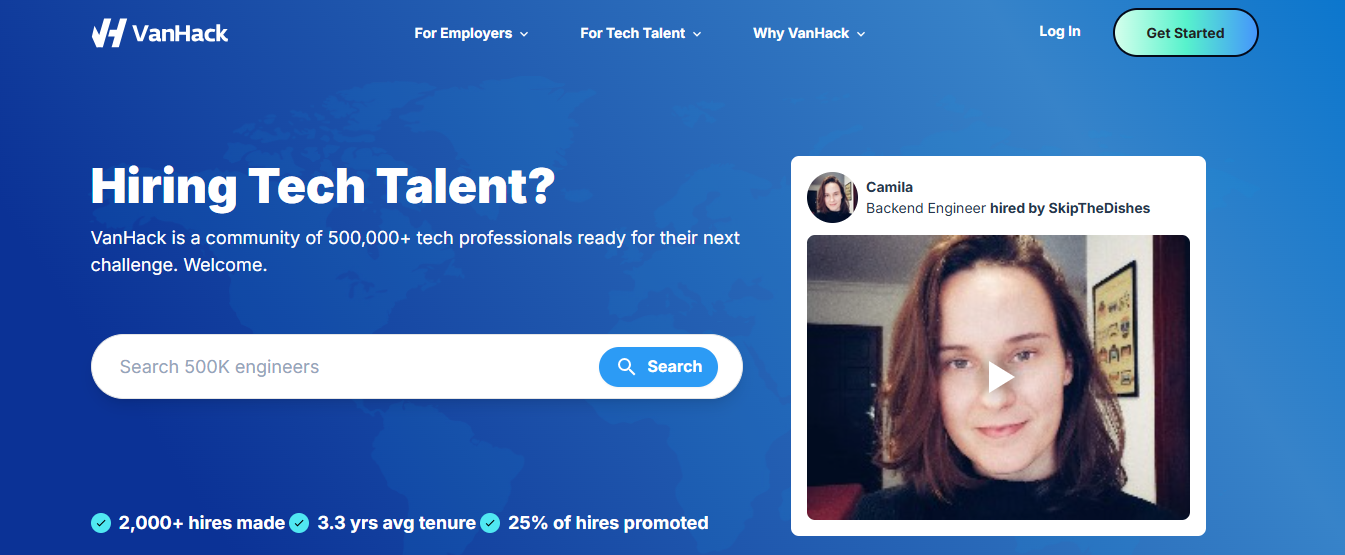

Vanhack is known for its global reach, helping startups find remote developers worldwide. They focus on promoting diversity and inclusivity in hiring, particularly emphasizing Latin American and Canadian talent. Vanhack provides a reliable, affordable hiring alternative, especially if your startup values diverse perspectives.
9. Gun.io: The Developer-Focused Platform
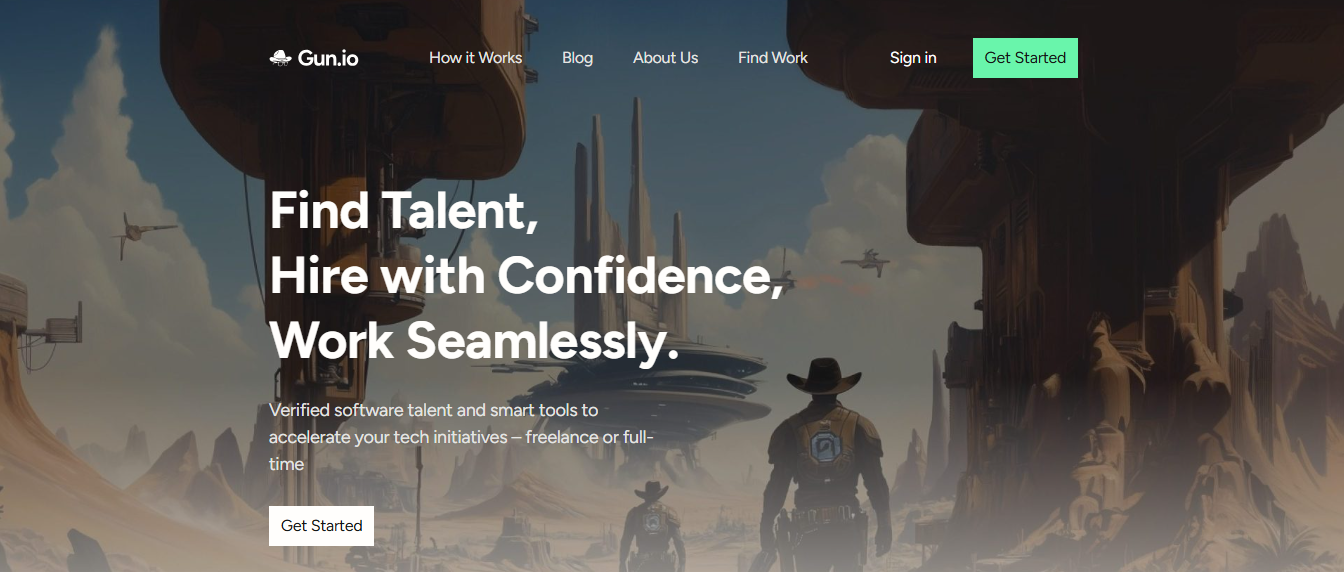

Gun Io prides itself on being developer-focused, with a small but highly vetted pool of engineers. They have a hands-on approach to hiring, where each client is assigned a dedicated project manager to ensure everything runs smoothly. This platform works well for startups looking for U.S.-based developers with more personal hiring experience.
10. Gigster: The Silicon Valley Marketplace
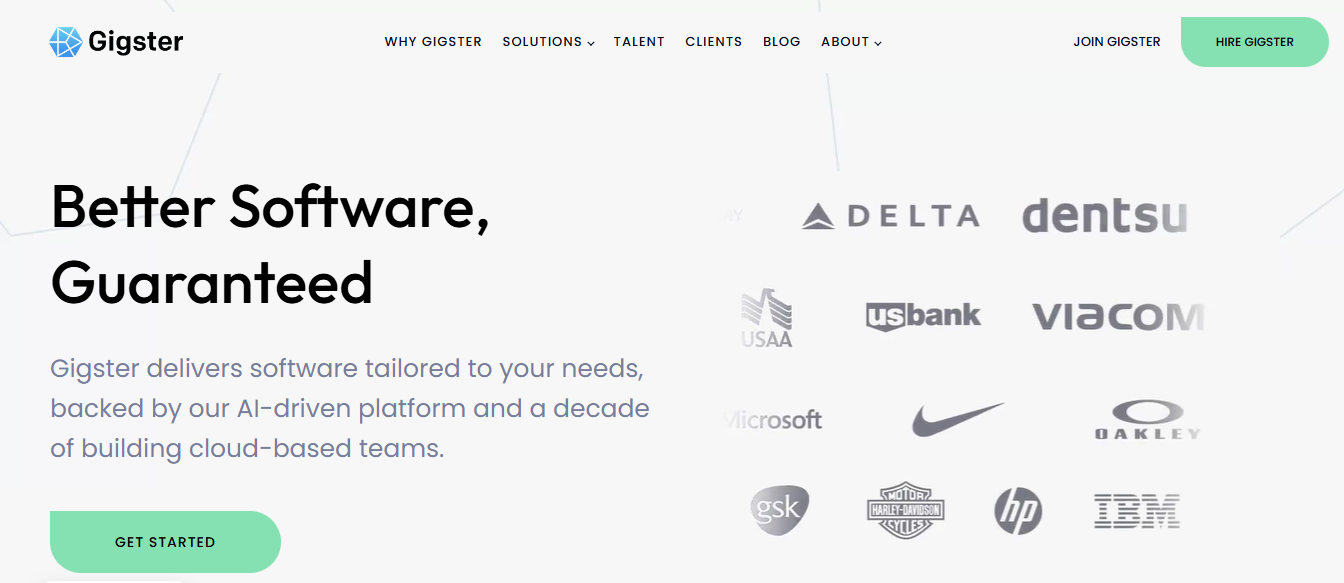

Gigster is a freelance marketplace of vetted developers based in Silicon Valley, so the businesses coming there to hire can be sure that their future employees have previously cooperated with top tech companies.
11. YouTeam: A Toptal Alternative
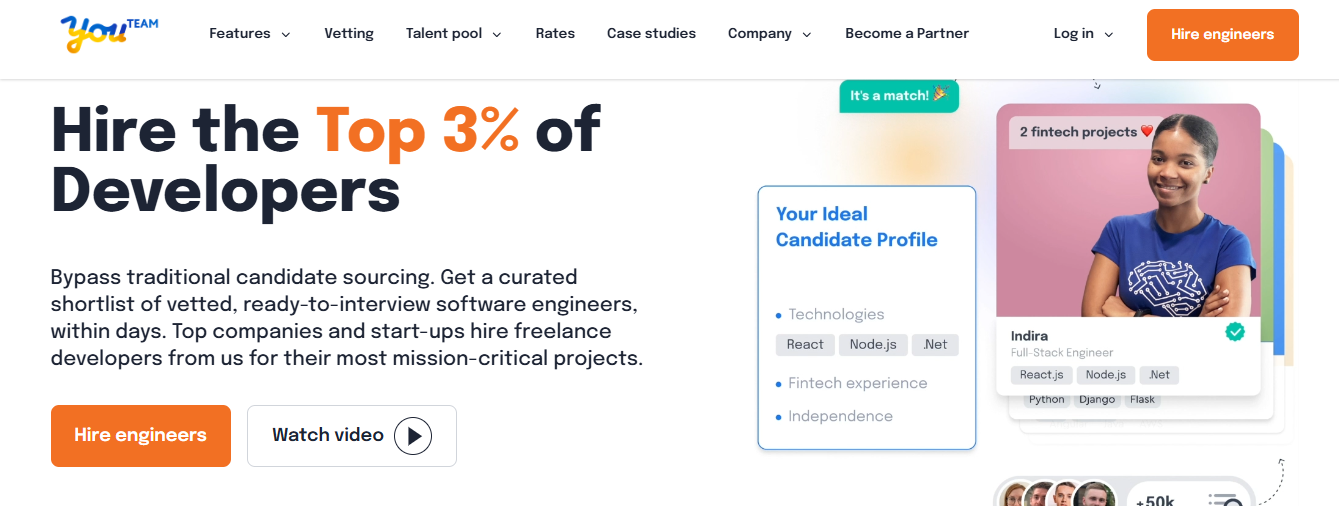

YouTeam is a unique Toptal alternative that combines freelancing and full-time hiring. They focus on remote developers from Eastern Europe and Latin America, regions known for their skilled tech workforce. YouTeam’s approach makes it a good option for startups that want flexible, high-quality developers who are available long-term.
12. 99Designs: The Design Marketplace


99Designs is a service where start-ups worldwide can choose their design specialists from the vast pool of registered candidates, and designers can find businesses interested in top designers.
13. Revelo: The Nearshore Hiring Solution
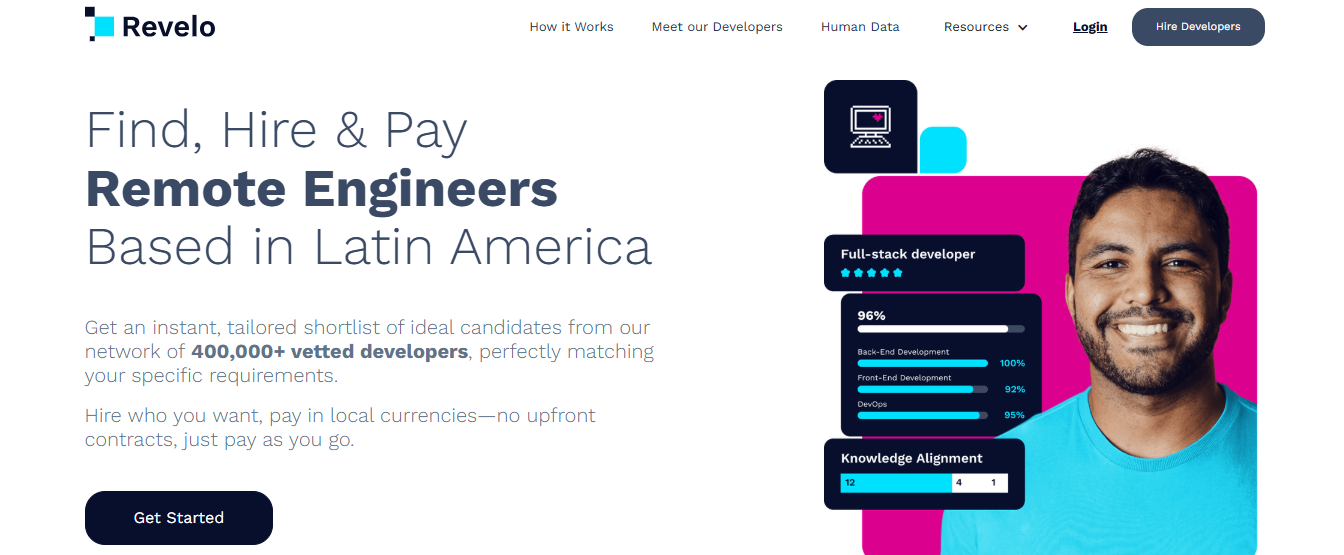

Revelo focuses on connecting Latin American developers with U.S.-based startups, making it a solid nearshore option. Like Toptal, Revelo pre-vets its developers, ensuring you get quality candidates without the lengthy screening process. Their model also emphasizes cost savings compared to hiring domestically.
14. Topcoder: The Competitive Marketplace
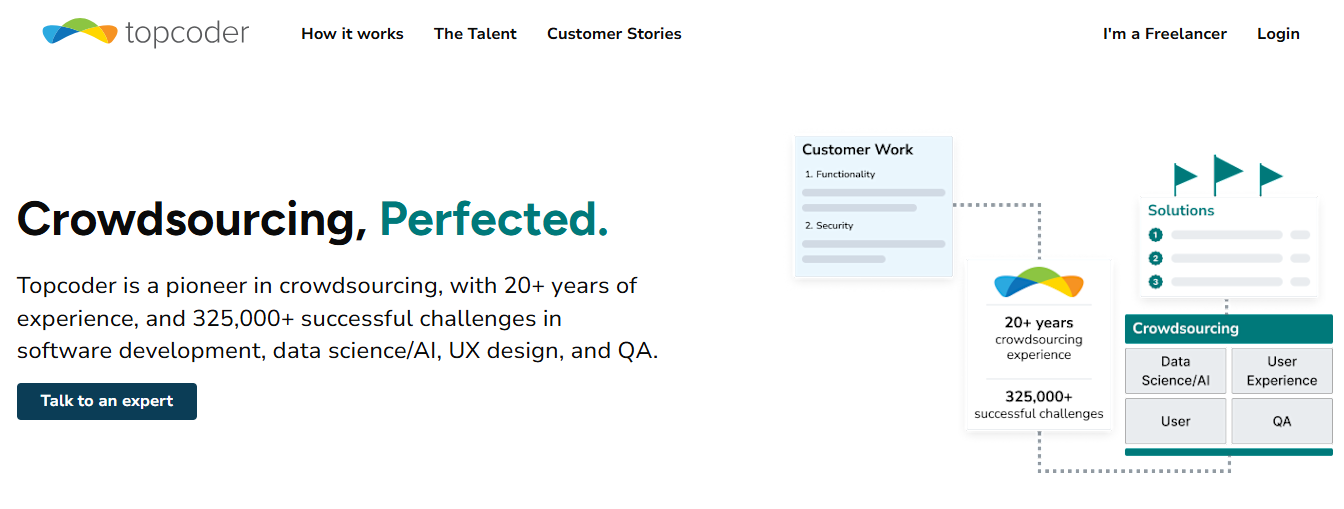

Topcoder is unique among lemon.io alternatives because it is a crowdsourcing platform for specific tasks and projects. Ideal for coding competitions, Topcoder works well for startups that need specific coding challenges tackled by a large pool of talented developers.
Pros and Cons of Lemon.io


The Bright Side of Hiring From Lemon.io
Lemon.io gives you access to skilled freelance developers ready to complete your project. You’ll pay a fair hourly rate, between $45 and $85, for your hire, depending on their skills and expertise. The platform will match you with a fitting, available candidate for your project, so you don’t have to spend time trying to figure out who would be best.
They specialize in Javascript, Python, Ruby on Rails, Java, and Swift. If those align with your goals, you could find someone quickly. Matching usually takes less than 24 hours after the initial call. Finally, Lemon.io has a secure payment system, so you won’t have to worry about any funny business.
The Downside of Hiring From Lemon.io
Lemon.io has a few drawbacks that should be considered before you hire through the platform. First, there’s a relatively small talent pool for a platform that claims to offer various programming languages. So, while you may be able to find someone with skills in Ruby On Rails or Javascript, matching can be slow for projects with less common tech stacks. Additionally, it’s not ideal for hiring React or Node.js developers. Finally, you must make a security deposit before the project starts.
Related Reading
- Questions to Ask When Hiring a Programmer
- Hiring Dedicated Developers vs In-House Developers: What Is Better?
- Scrum Master vs Project Manager
- How to Hire a Software Developer
- Data Architect Vs Data Engineer
- How to Hire Programmers for a Startup
- Quality Analyst Interview Questions
- Data Architect Roles and Responsibilities
- Data Analyst Skills Needed
- Skills Required for Project Manager
- Quality Analyst Skills
- Data Architect Skills
Book a Call to Learn More About Our Provider Credentialing Services
Healthcare master data management identifies, consolidates, and maintains healthcare data to create a single, trusted, and complete view of the data. This process helps healthcare organizations eliminate redundant, inconsistent, and inaccurate data across disparate systems. In healthcare, “master data” refers to the key entities within the industry, including patients, providers, locations, and payers. Effective healthcare master data management improves the quality of data for better operations, reporting, analytics, and patient outcomes.
Why is Healthcare Master Data Management Important?
Healthcare master data management is crucial for ensuring data quality. Fragmented data systems, which are common in healthcare organizations, cause critical information to be stored in silos across departments and applications. This leads to redundant and inconsistent data that can severely impact day-to-day operations and patient care.
For instance, a patient may have multiple records across different systems. Suppose the organization relies on one of these siloed records to report or direct patient care. In that case, there’s a good chance they’ll miss important information that could affect the patient’s treatment. MDM helps create a single, reliable data source that can be trusted for clinical and operational decision-making. In short, healthcare master data management helps to eliminate the costly problems associated with fragmented data systems.
